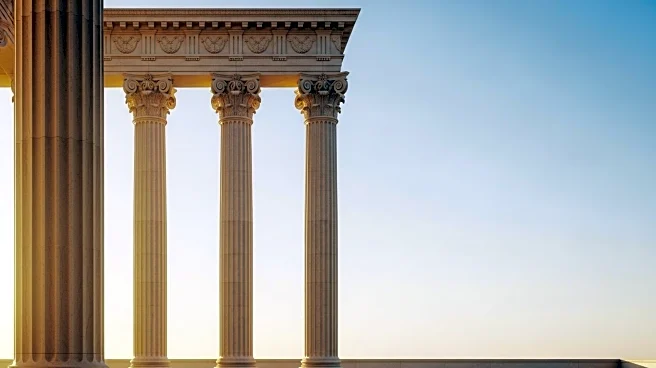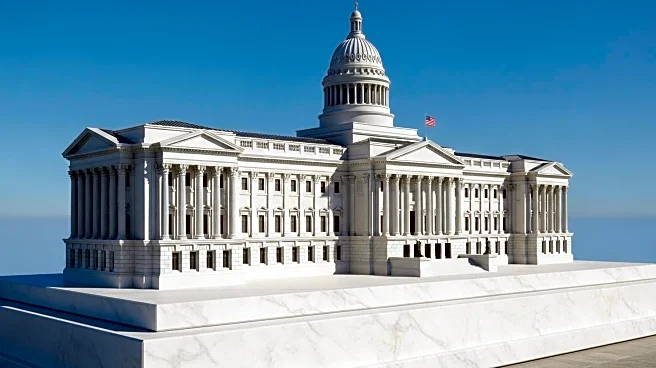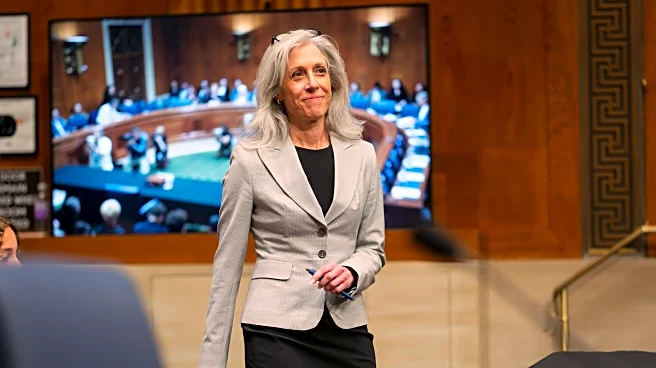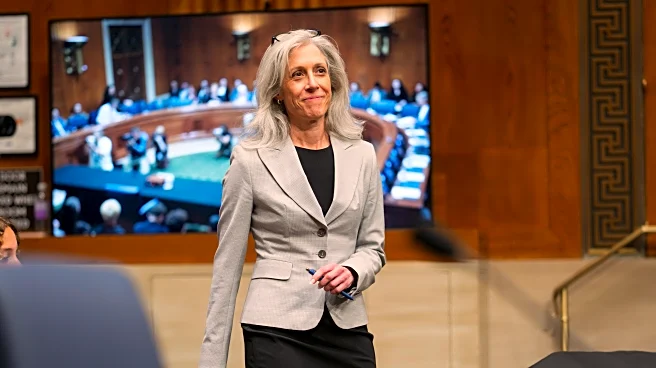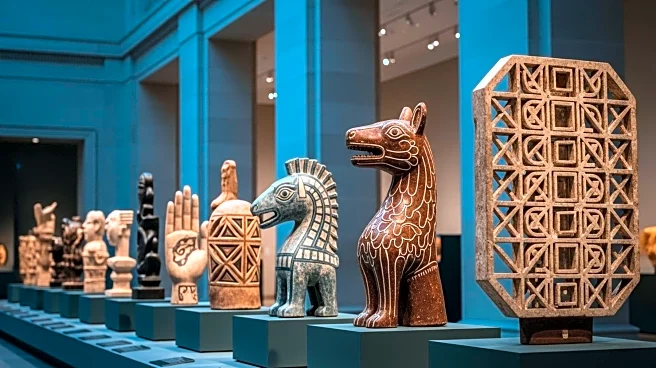What is the story about?
What's Happening?
President Trump signed an executive order mandating classical architecture for federal buildings in Washington, D.C., and discouraging brutalist and modernist styles. The order aims to align federal architecture with the classical heritage of significant government buildings like the Supreme Court and the Capitol. This move is part of a broader campaign against modernist designs that have been prevalent in government construction since the 1960s. The General Services Administration (GSA) will oversee the implementation of this order, although it currently lacks a permanent leader. The order reflects Trump's design preferences, which he has previously attempted to enforce during his first term, but were rescinded by President Biden.
Why It's Important?
The executive order could significantly impact the design and construction of federal buildings across the U.S., potentially leading to a shift away from modernist architectural styles. This change may affect architects and construction firms involved in federal projects, as they may need to adapt to new design requirements. The order also reflects a cultural shift towards classical aesthetics, which could influence public spaces and the visual identity of government institutions. Stakeholders such as architects, urban planners, and government agencies may need to navigate these new guidelines, which could alter the landscape of federal architecture.
What's Next?
The GSA will be responsible for implementing the executive order, and its acting administrator, Michael Rigas, will oversee the transition. The agency may face challenges in adapting to the new architectural guidelines, especially given its current leadership changes. Federal projects already in planning stages may need to be revised to comply with the new order, potentially causing delays and increased costs. The administration's focus on classical architecture may also prompt discussions among architects and urban planners about the future of public building design in the U.S.
Beyond the Headlines
The shift towards classical architecture raises questions about the cultural and historical significance of architectural styles in public spaces. It may spark debates about the role of government in dictating aesthetic preferences and the implications for architectural diversity. The order could also influence public perception of government buildings, potentially enhancing their symbolic value as representations of democracy and national heritage.
AI Generated Content
Do you find this article useful?
